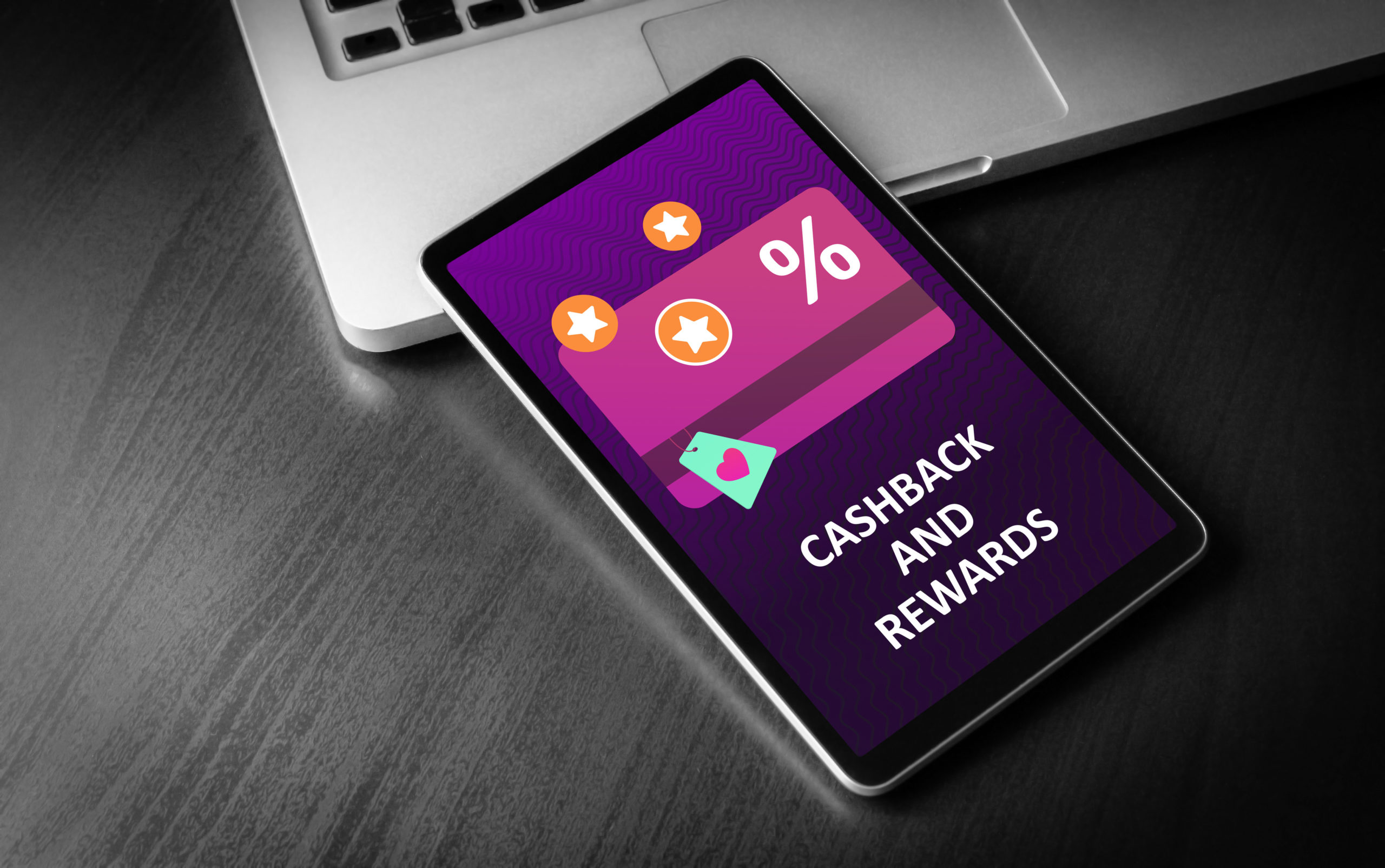My family are hardcore Spinneys customers. I never understood why until I asked my mother. She told me: “The reason I buy everything from Spinney’s is because the more I buy, the more loyalty points I earn, the more free stuff I can get.”
Interesting. Mum tends to buy everything, and by everything, I mean every single thing, from Spinneys. She’ll even head there for a single chocolate bar. Why? Loyalty points.
Loyalty points are used to retain existing customers who are already purchasing from a certain brand to continue purchasing. A well-designed and thought-out loyalty program can help you retain existing customers, attract new customers, reduce turnover, and drive profits. Customer loyalty is a proven method to grow and sustain market share. Here are some benefits of loyalty programs.
- Loyalty Points Programs Help Build an Emotional Connection With Your Customers.
Successful loyalty programs rely on creating an emotional connection with your customers. Companies often overlook the importance of building an emotional connection with customers, whereas, building an emotional connection has a direct relation with increasing customer lifetime value and driving sales. The emotional connection that loyalty programs encourage is very important as “consumers with emotional connection to brands have 306% better lifetime value than satisfied customers.” Also, according to Harvard Business Review, emotionally engaged customers are:
- Three-time more likely to recommend a product/service
- Three-time more likely to purchase
- Less likely to shop around (44% said they rarely or never shop around)
A well thought of loyalty program allows businesses to engage customers on a deeper level and form that emotional connection with them. For example, Lululemon, (a real quick intro about Lululemon), allows its members to benefit from free products and shipping and in-store/online fitness classes. These benefits are aligned with the lifestyle of Lululemon’s customer base and offer exceptional value. The combination of transactional and experiential benefits helps build an emotional connection. Building loyalty comes hand in hand with offering benefits and experiences that are not available anywhere else adds significant value to your customer’s lives.
- Loyal Customers Help You Reach New Customers
Loyal and satisfied customers are one of your most powerful marketing tools. Customers that love your brand will talk and recommend it to others, leave positive online reviews, and refer you to friends and family. As a matter of fact, 83% of customers trust recommendations from friends and family more than any other form of marketing. Also, research proves that referred customers are more loyal, and profitable than non-referred customers. Loyalty program members can turn into brand advocates, and as mentioned before, people tend to trust recommendations way more than advertisements. Recommendations form a deeper and more organic connection than traditional marketing. We’re constantly bombarded with ads that it is now second nature to overlook them. If your loyalty program gives members lots of value, they will recommend you to others. A passionate evangelist is more powerful than an advertisement. Some Loyalty programs also offer rewards to members that invite new shoppers. Customer acquisition is expensive, but with a fleshed-out loyalty program, it has never been cheaper.
- Loyalty Programs Lead to a Higher Customer ROI
Acquiring a new customer costs five times as much compared to the cost of retaining a current one. So, focusing on the retention of current customers would be a much wiser and less costly business decision. Retained customers tend to spend more per purchase and are more likely to try a new product; since they have already purchased from your brand and they like your products. Even though marketing efforts aimed at reaching potential customers are crucial for growth, long-term value resides within retaining customers. If you don’t retain customers, you will just replace them as they churn. Loyalty programs allow you to avoid high churn rates and hold onto high-value customers. 94% of premium loyalty members shop with that retailer at least once a month. Building an engaging reward program allows you to designate fewer resources to traditional marketing and spend more on building valuable, long-term relationships with existing customers.
- Loyalty Points Programs Are a Great Way to Collect Customer Data
Loyalty programs should be optimized to offer maximum benefit to your customers and also to your brand. Having a digital reward program gives you access to real-time data on how your customers engage with your program and your brand as a whole. This information allows you to develop innovative and effective strategies to develop your program and brand. Loyalty programs serve as a form of market research, as it allows you to experiment with various incentives, identify what rewards customers care about, and what rewards do not receive much engagement. It also helps with visualizing customer buying habits, where you can align specific sales to specific people. In addition, when a customer becomes a member of a loyalty program you can collect customer demographics, household information, and personal interest. This helps you build detailed customer profiles and understand stuff about your target market that you might not realize otherwise. You can then use this data and implement it to personalize offers, deliver relevant rewards, communicate with them more effectively, and re-engage old customers. As third-party cookies disappear, loyalty programs will become even more critical as brands pursue customer data collection.
Customers nowadays have infinite choices, so having a differentiated loyalty program should be a priority for your brand to be successful and elevate yourself from the competition. A good loyalty program can solve issues around customer data, building emotional connection, reaching new customers, and a higher ROI. If you have satisfied and happy customers, they will continue to buy from you, spend more than other customers, help you retain new customers, and are less price sensitive. New customers cost more to retain, and do not spend as much as loyal, repeating customers. Keeping customers coming back is critical for the business success.


